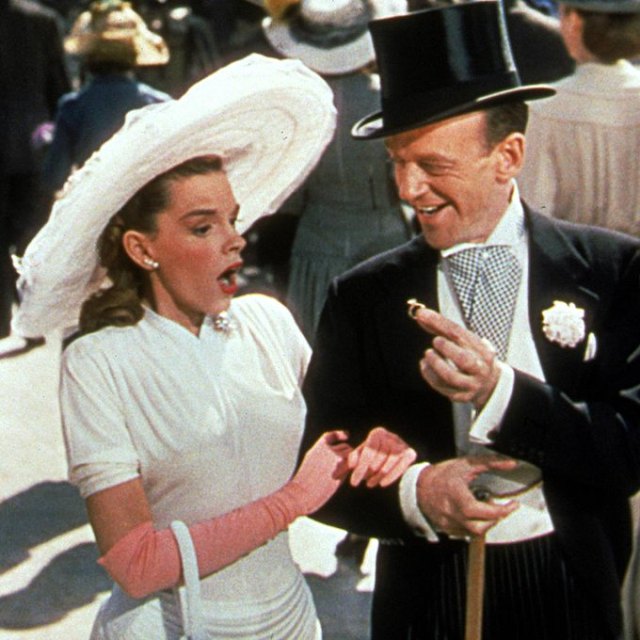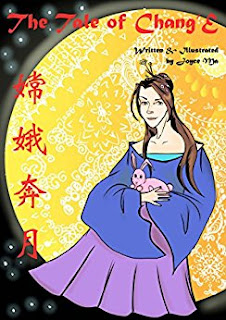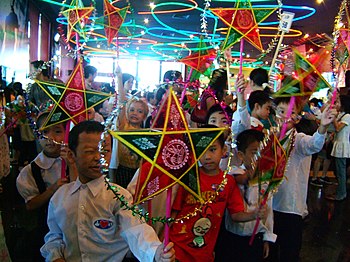The holiday or tradition called Kwanzaa celebrates seven (7) principles:
* Unity
* Self-Determination
* Collective Work and Responsibility
* Cooperative Economics
* Purpose
* Creativity
* Faith
It was established by Dr. Maulana Karenga, a professor of Black Studies at California State University, Long Beach, USA. Many people who do not consider themselves African-American or of African descent do not celebrate this holiday. In other words, *It’s a black thang!*
It’s not really. Just look at the principles in the list. *Are they not applicable to all humankind?*
Kwanzaa is celebrated from December 26th through January 1st.

Like the Christmas holiday, it also includes gift-giving, a gathering of family and friends, and good eating!
There are those who object to or disagree with celebrating Kwanzaa.
They feel that instead of promoting unity, it encourages division, more specifically racial division. Some say it was just made up for people who don’t want to celebrate Christmas and don’t want to acknowledge Jesus Christ or Christianity in any way. There are other reasons but these two have been mentioned most often.
Here's why I don’t celebrate Kwanzaa.
My reasons are very practical. By the time the Halloween, Thanksgiving, and Christmas holidays are over, I’ve usually run out of money! Also, it was not a tradition I grew up with and since I practice the Kwanzaa principles so many other ways in my life already, I see no need to add on a new holiday.
I think that Peace and Goodwill could have been incorporated into the list of principles.
However, one might argue that those principles are under the umbrella of “Unity”.
OK! I wouldn’t cause a division or split hairs over it.
Overall, I like the concept of this holiday and can appreciate the symbolism. Especially! I really like the candles. I’m a candle lover!
"The symbols of Kwanzaa include crops (mzao) which represent the historical roots of African-Americans in agriculture and also the reward for collective labor. The mat (mkeka) lays the foundation for self-actualization. The candle holder (kinara) reminds believers in the ancestral origins in one of 55 African countries. Corn/maize (muhindi) signifies children and the hope associated in the younger generation. Gifts (Zawadi) represent commitments of the parents for the children. The unity cup (Kkimbe cha Umoja) is used to pour libations to the ancestors. Finally, the seven candles (mishumaa saba) remind participants of the several principles and the colors in flags of African liberation movements -- 3 red, 1 black, and 3 green."
Quote Reference: Edited by Dr. Ali B. Ali-Dinar, Ph.D., Kwanzaa- What Is It?, The Africa Center, University of Pennsylvania, Mar. 1990, www.africa.upenn.edu/K-12/Kwanzaa_What_16661.html.



.jpg)

































